The weather was superb with virtually no wind and plenty of spring sunshine. The ground conditions were just as good with the field surface being firm and as smooth as you could imagine and the crop just about germinating.
All three machines were fitted with the 13" x 11" coils but set up as follows:
Déus #1; Fast standard, GB Tracking
Déus #2; GMP/Fast standard, GB Tracking
Déus #3; GMP/Fast standard, GB Tracking
From the start there was a huge amount of ferrous signals sounding through the wireless headsets. On top of that, there was a profusion of non-ferrous signals that almost amounted to a site contaminated with green waste. The only difference was that the signals resulted in large pieces of twisted foil mixed in with shredded cans and tin.
We used a tight search format to start with which we followed for the first two passes, taking in the entire width of the field. This strategy cut through what we thought may have been a settlement site. No evidence of a post Stone Age settlement was recovered leading the team to believe that it may be in fact prehistoric. This was the opinion of an archaeologist that I forwarded images of the site over two years ago.
Several buttons, pieces of lead, partefacts and coinage spanning the centuries were however successfully recovered reflecting sporadic losses.
Once it was realised that any possible settlement was perhaps prehistoric it was decided to adapt the survey pattern to suit our 'initial site survey plan'.
This usually takes the form of paralllel 15ft wide transects.
The first half of the survey resulted in three hammered coins, one Roman 'grot', a well preserved George III half penny, a spinle whorl and a small amount of pottery.
The second part of the survey saw a lot more modern tin and foil recovered which prompted us to move away from the village end of the field.
It was basically our final attempt to ascertain the history that may have taken place in this 21 acre field; and in the final moments a signal was received that sounded 'positive' and read 65 on the meter with little fluctuation. The seven inch deep incision was probed with the pro-pointer and the signal was surprisingly in the sidewall of the hole at five inches. The 'signal' was carefully eased out and the subsequently fell into the initial hole. The edge of the object was visible in the small encasement of soil and as soon as it was 'released' it soon became clear that this wasn't another piece of foil.
A quick wipe and the beautiful gold quarter noble of Edward III was as bright as it was when struck in the mid fourteenth century!
We were all stunned by the find that was miraculoulsy found amongst all the modern debris that abounded the site.
We decided that this would a good time to see the landowner and so with that we shut down and headed for the farmhouse. We couldn't see the landowner so a quick 'phone call resulted in speaking to an answer machine!
The next 'phone call was to a landowner that we have worked with over the past two years and very kindly allowed us to spend a couple of hours on one of our Roman sites ("TS1"). This site has been rolled but not seeded, as of yet.
It wasn't long before the first Roman coin was recovered. Most coins on this site are usually classed as 'grots' but some of the coins that have been recovered in the past have been of a better quality. This was the case with one of the coins recovered being a follis of Constantine which was in superb condition. 17 Roman coins along with a denarius of ??????, a Roman key crafted in iron (a very rare find indeed), some superb worked flint blades with some very nice Roman rim sherds and a "token" Edward Ist hammered penny ending the day on a good note. Some great recoveries in a very short space of time reflects the quality of this site, affectionately known as "Toy Soldier One" or "TS1".
The images of all the finds from both sites can be seen here & here.
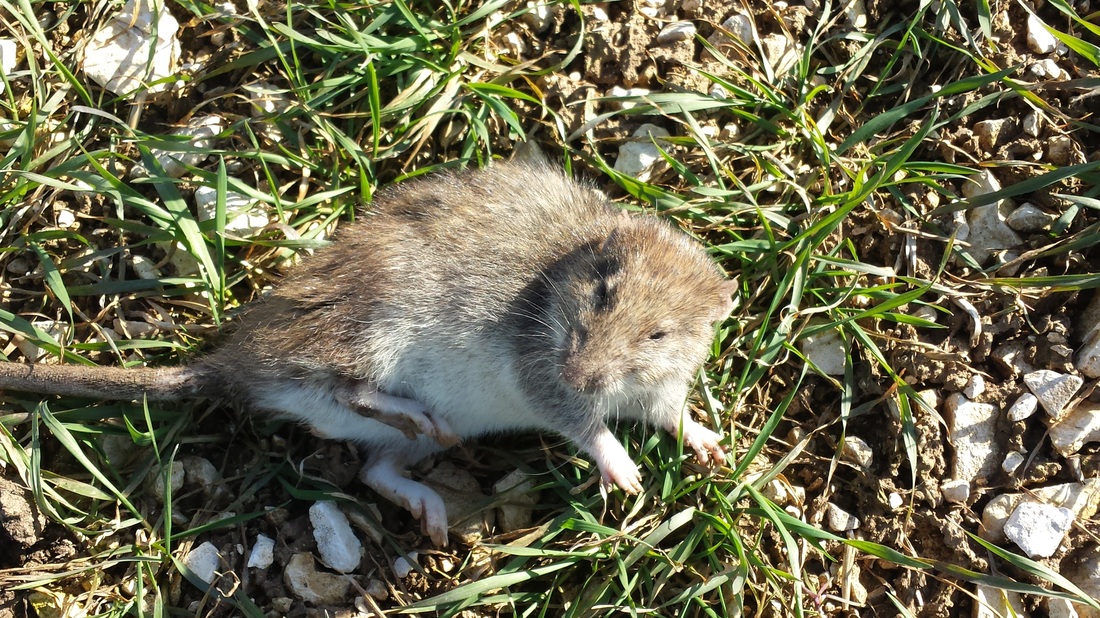
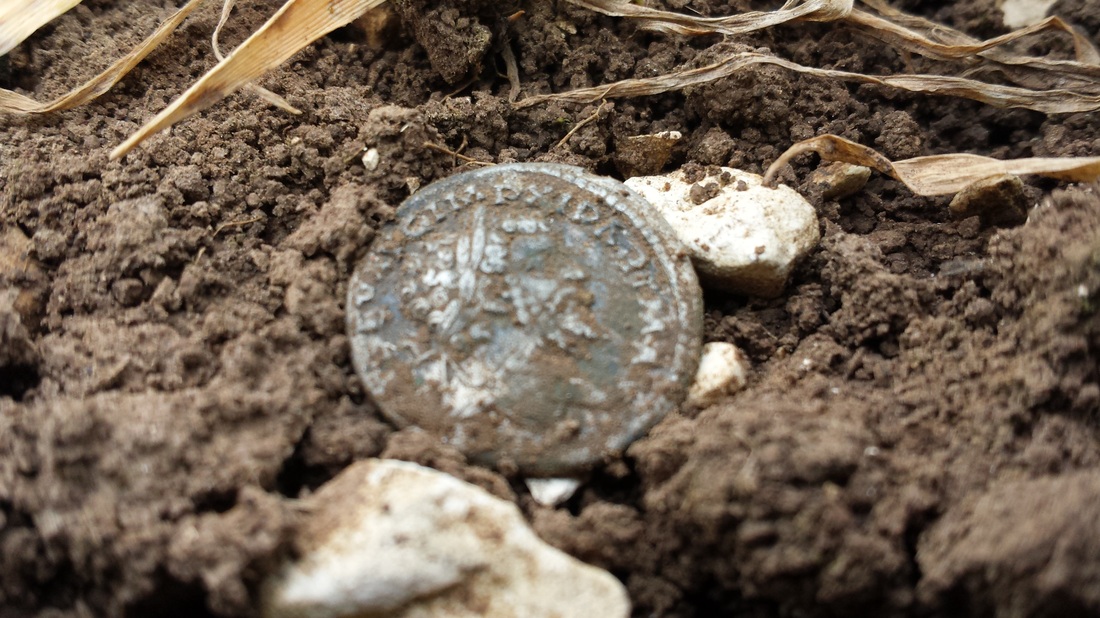
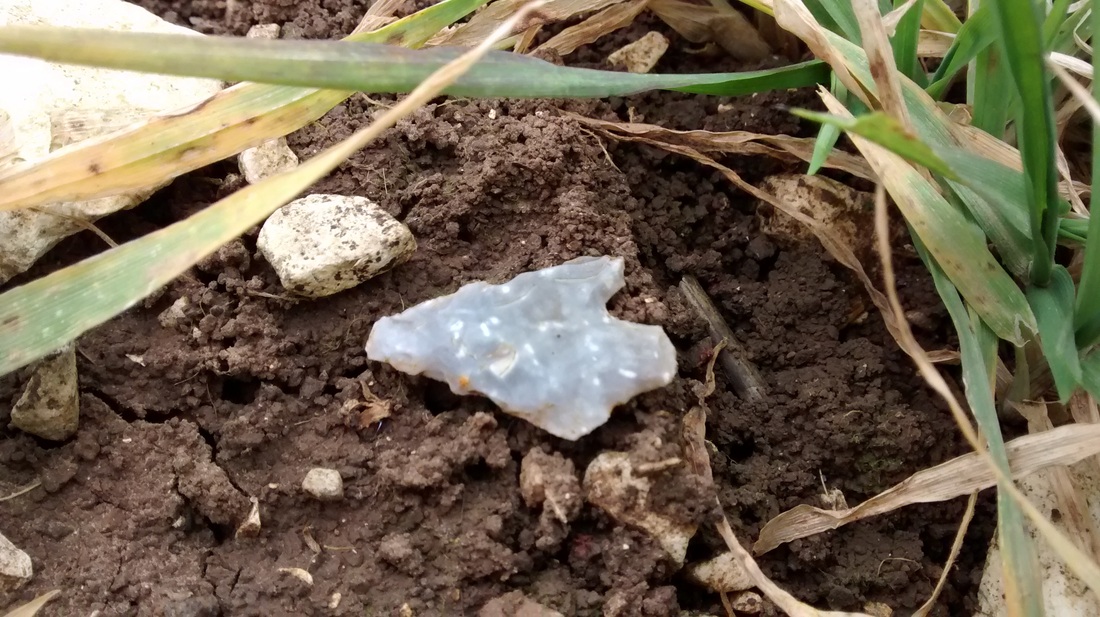
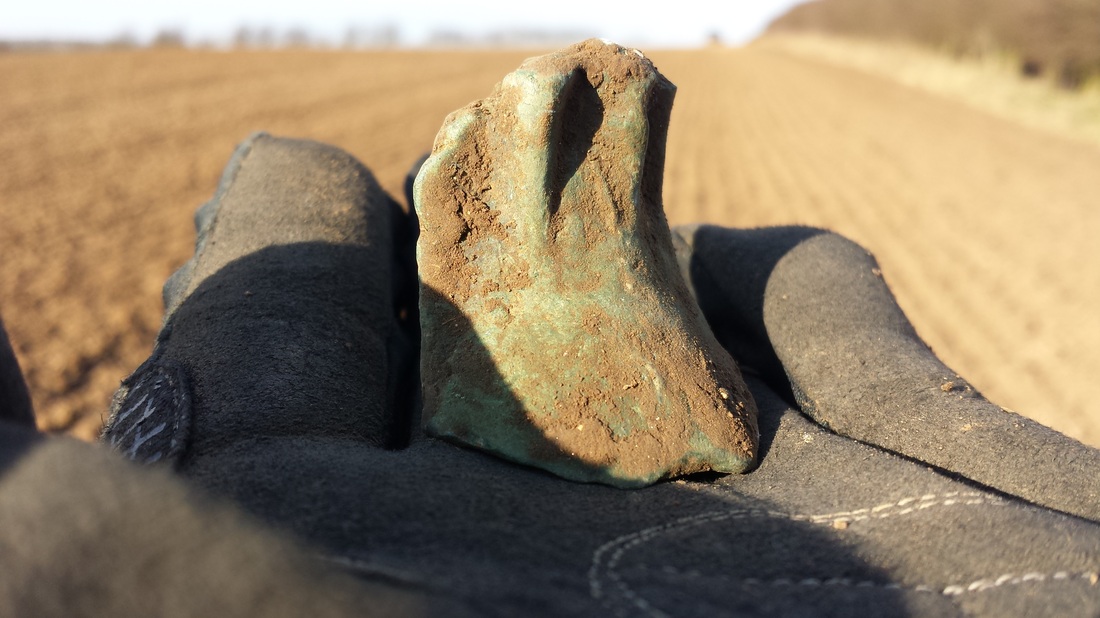
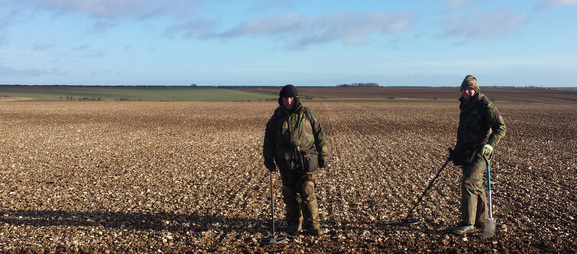
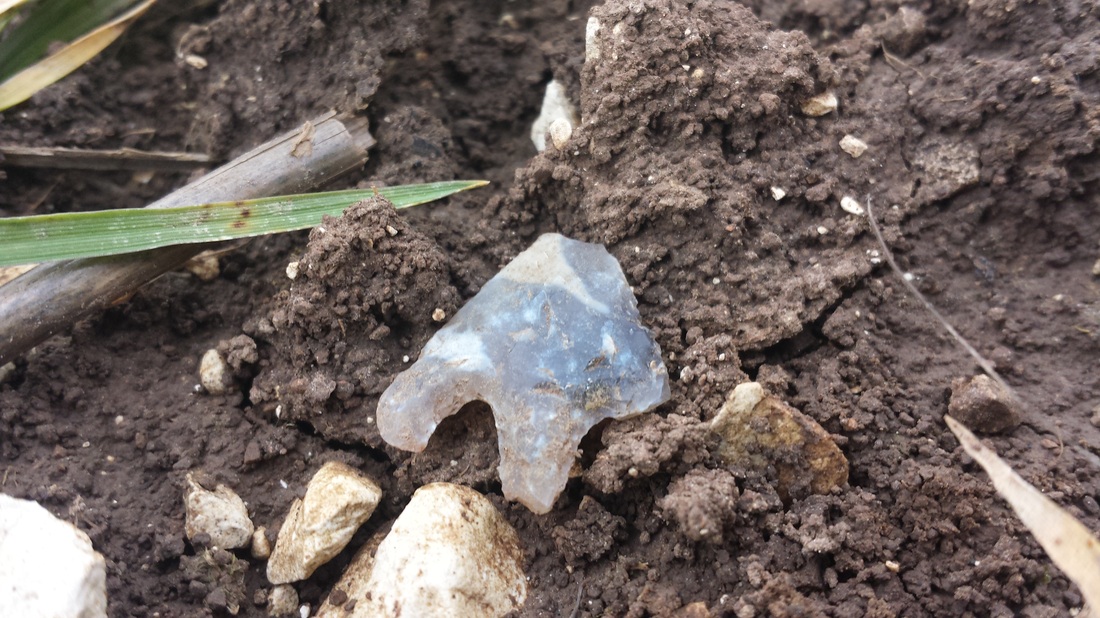

 RSS Feed
RSS Feed
